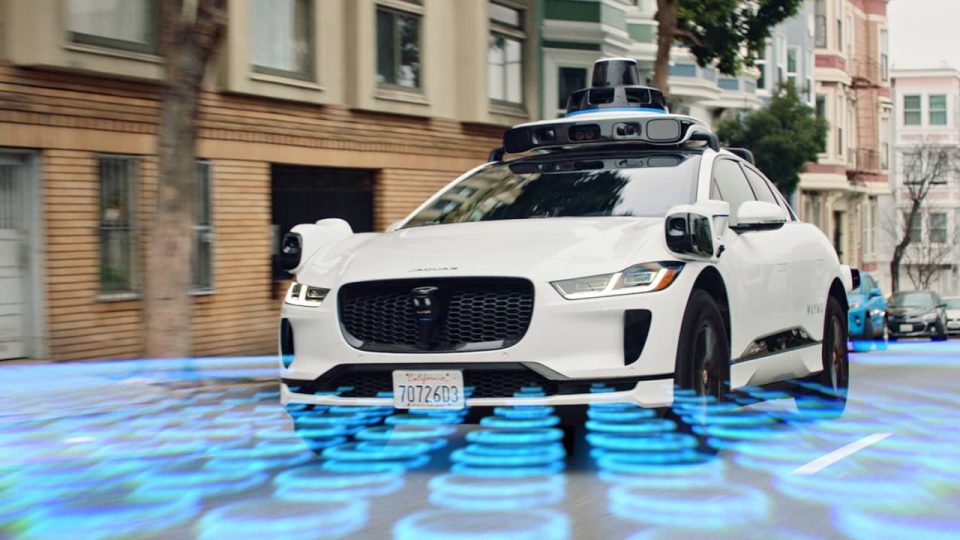Alphabet’s (NASDAQ: GOOGL) autonomous vehicle company Waymo is about to make Philadelphia its latest testing ground. This summer and fall, the city’s neighborhoods and highways will see a limited fleet of Waymo vehicles, each with a human safety driver behind the wheel, as the company takes its next step in expanding its self-driving technology into the Northeast.
Philadelphia is a city with a reputation for tough drivers, dense traffic, and a patchwork of neighborhoods that each bring their own quirks. For Waymo, that’s exactly the point. The company wants to see how its autonomous driving system, known as the Waymo Driver, handles the real-world challenges that come with a city as complex as Philly. The test fleet will be out at all hours, covering areas from North Central to Eastwick, University City, and as far east as the Delaware River.
The vehicles won’t be operating on their own just yet. Human safety drivers will be in control, gathering data and mapping the city’s roads, intersections, and traffic patterns. This “road trip” approach is a crucial part of Waymo’s process for adapting its tech to new environments and, ultimately, deciding whether a city is a good fit for a future ride-hailing service powered by autonomous vehicles.
Philadelphia isn’t the only city on Waymo’s radar. Last month, the company began a similar manual driving program in New York City. The plan there is to collect data and build familiarity with the city’s notorious traffic, while also navigating regulatory hurdles. New York law currently requires a human to be in the driver’s seat with at least one hand on the wheel, which means fully driverless rides are still a ways off.
Waymo has applied for permits to eventually operate self-driving vehicles in Manhattan, but for now, it’s all about collecting information, refining the technology, and building public trust. The company’s expansion into both Philadelphia and New York signals a deliberate push into high-density, high-complexity urban markets where the stakes and the rewards are significant.
Waymo’s move into Philadelphia comes at a time when the company is under pressure to turn its cutting-edge technology into a viable business. Last year, Waymo brought in $1.65 billion in revenue but posted a $4.44 billion loss, underscoring the financial realities of scaling autonomous vehicle tech.
Testing in new cities is about more than just mapping roads. It’s a way to demonstrate that the Waymo Driver can handle the unpredictable nature of urban driving, from double-parked cars to sudden lane changes and everything in between. If successful, these tests could pave the way for future commercial ride-hailing services in the Northeast, joining Waymo’s existing operations in cities like Phoenix, San Francisco, Los Angeles, and Austin.
For Philly, Waymo’s arrival is both a technological milestone and a test of public readiness for self-driving cars. The city’s infrastructure, local government, and residents will all play a role in shaping how this technology is received and whether it becomes a permanent fixture. According to a recent AAA survey, public skepticism remains high, with 61 percent of Americans still wary of riding in autonomous vehicles. Still, the data Waymo collects over the coming months will help determine whether Philadelphia becomes one of the next cities to get a full-fledged robotaxi service. For now, though, it’s all about learning on both sides of the windshield.

